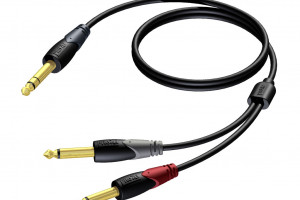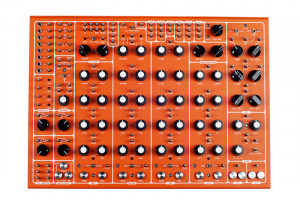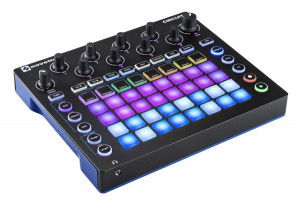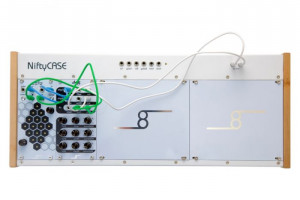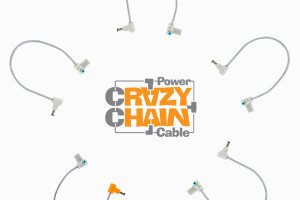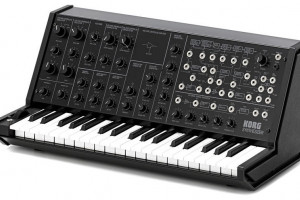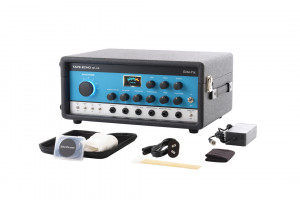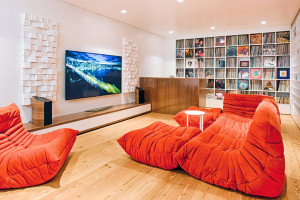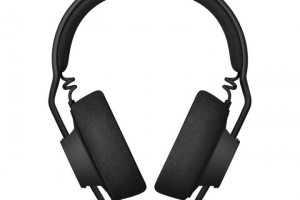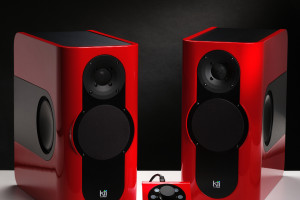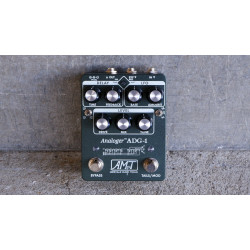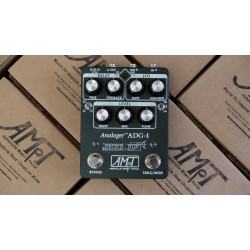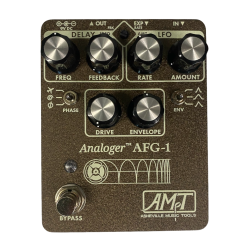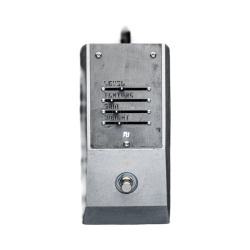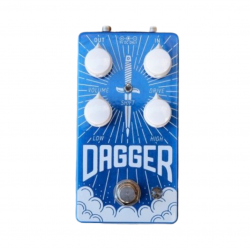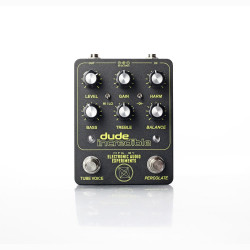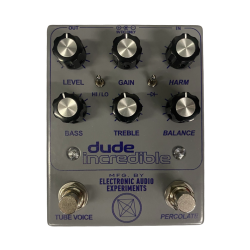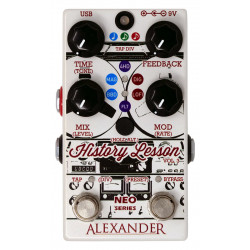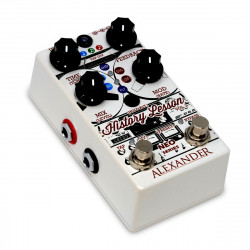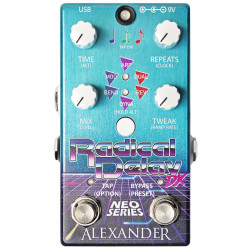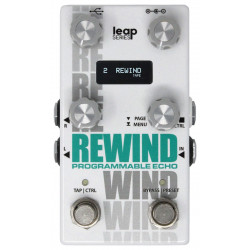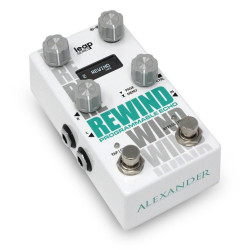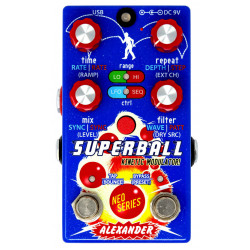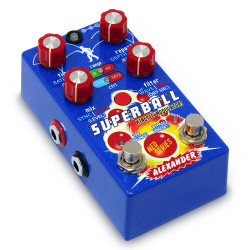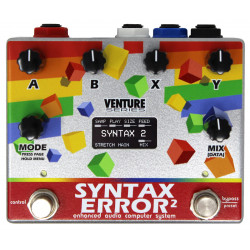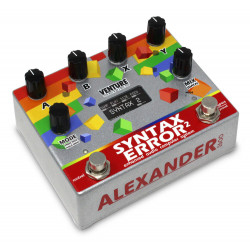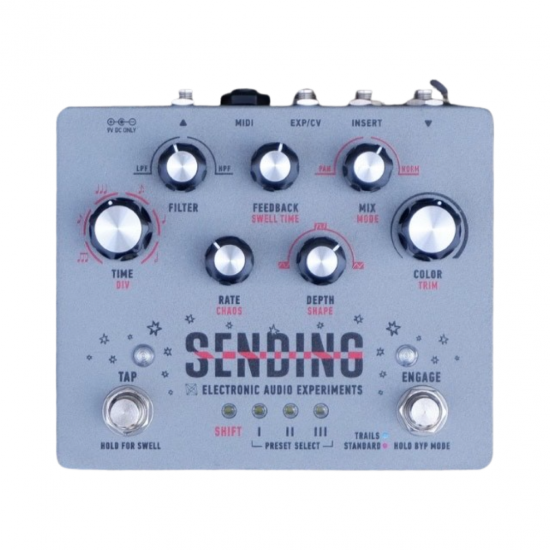
- Stock: In Stock
- Model: EAE-SENDING-V2
More from this brand
Five years ago today, we released an analog delay called Sending. Sending was an ambitious, pivotal milestone in the early days of EAE, one that opened doors I never thought possible. Today we are announcing Sending V2: an update so comprehensive that it represents a new pedal in all but name. I consider it among the most advanced analog delay pedals ever developed.
I have a lot to say about this, so here’s the important stuff:
Release date: due to a variety of factors, primarily related to parts sourcing, we’re still firming up the release date. At the time of writing this, it’s looking like mid to late July. I’ll be following up the exact moment that is confirmed.
Pricing: Sending V2 will retail for $649. This is what happens when you cram a rack’s worth of analog processing and a small computer (nearly 500 components across two circuit boards) into a pedal enclosure while manufacturing to the highest possible standard.
Availability: units will be available direct and through our dealers on the release date. This is not a limited release, but BBD availability is constrained right now which means our throughput at any given moment is finite. Make of that what you will.
And here are some questions you probably have:
Wait, I just got here. What is Sending?
Sending is my very particular love letter to the humble bucket brigade device. It is a maximalist effort to embrace their quirks while also ensuring optimal sound quality and versatility. The original version combined a colorful discrete preamp (which, after dozens of twists and turns, became the primary gain stage of the Halberd) with a high headroom MN3005 delay that had basic tap tempo control.
The new version, while similar in spirit, is a near total redesign. The only idea I really kept was the inclusion of a compelling discrete preamp to overdrive the delay circuitry—though even that is a completely new design! Otherwise, I combined a sophisticated analog delay circuit with a 32-bit processor to integrate digital control as seamlessly as possible.
Here are some features:
A full second of delay using a pair of MN3005s, extendable to a deliciously aliased 2 seconds if you push it with tap tempo or MIDI.
Every knob can be controlled via MIDI CC or saved as a preset (including the wet/dry mix and preamp gain!)
Tap tempo that ramps feedback when held down
An insert loop to add external effects to the delay path
3 presets via the front panel, up to 32 via MIDI
Multi-function LFO to modulate the delay time
Assignable expression control
Firmware updates via the MIDI jack using a portal on our website (hell yeah)
Many additional technical details are coming, and you can read more once we release the manual.
I’ve been here the whole time. What took so long?
Sending V1 was a pivotal moment for us. It was the high water mark of EAE’s bedroom DIY era. And it was also a total nightmare to build. The experience of filling those preorders catalyzed a multi-year effort to redesign our products for surface mount assembly and optimize our manufacturing operation to suit. This is the last redesign of the old catalog. The end of an era, I suppose!
I was, at times, under an occasionally crippling amount of self-imposed pressure to get this design right. I spent an enormous amount of time on the analog path. The new preamp design was tested as its own pedal starting in 2019. The various filtering and dynamics elements took shape through experiments spanning 2020 and 2021. I spent months learning how to use VCAs effectively, and how to make a good +/-15V converter that stays quiet and plays nice with all the popular pedalboard power supplies. And of course there was all the BBD infrastructure—big thanks to Hawker at Asheville Music Tools for the pointers there.
The digital side also had a lot of firsts for us. We had excellent help on this (thank you to our firmware guy David) but even still, it took over a year from start to finish to create all of the firmware libraries for this project. Luckily much of that is reusable!
I did provide some insights into the process, but radio silence (outside of some show and tell at various pedal events) helped me focus and avoid the cycle of “announcement announcements” that happens sometimes.
What’s left before the release?
We’re working on multiple things in parallel. As we wrap up manufacturing prep, a trusted inner circle of beta testers is mopping up the final few firmware bugs. We’re hard at work on getting some demo units out so you can really hear what this thing is capable of. Over the next few weeks I will drop the product page and manual, record some clips, tell some stories about the R&D process, and provide glimpses into the manufacturing process. And of course, we’re trying to keep the rest of the catalog in stock too!
Some final thoughts
Without hyperbole, this signifies a new era of EAE. People know us as a company that makes drive pedals. I’m proud of my work, but for years I have been striving to apply that same standard to other categories of effects. And now I think we’re there. Even better: I think a lot of this code might be reusable for other digitally-controlled effects ;-)
-285x169.png)
